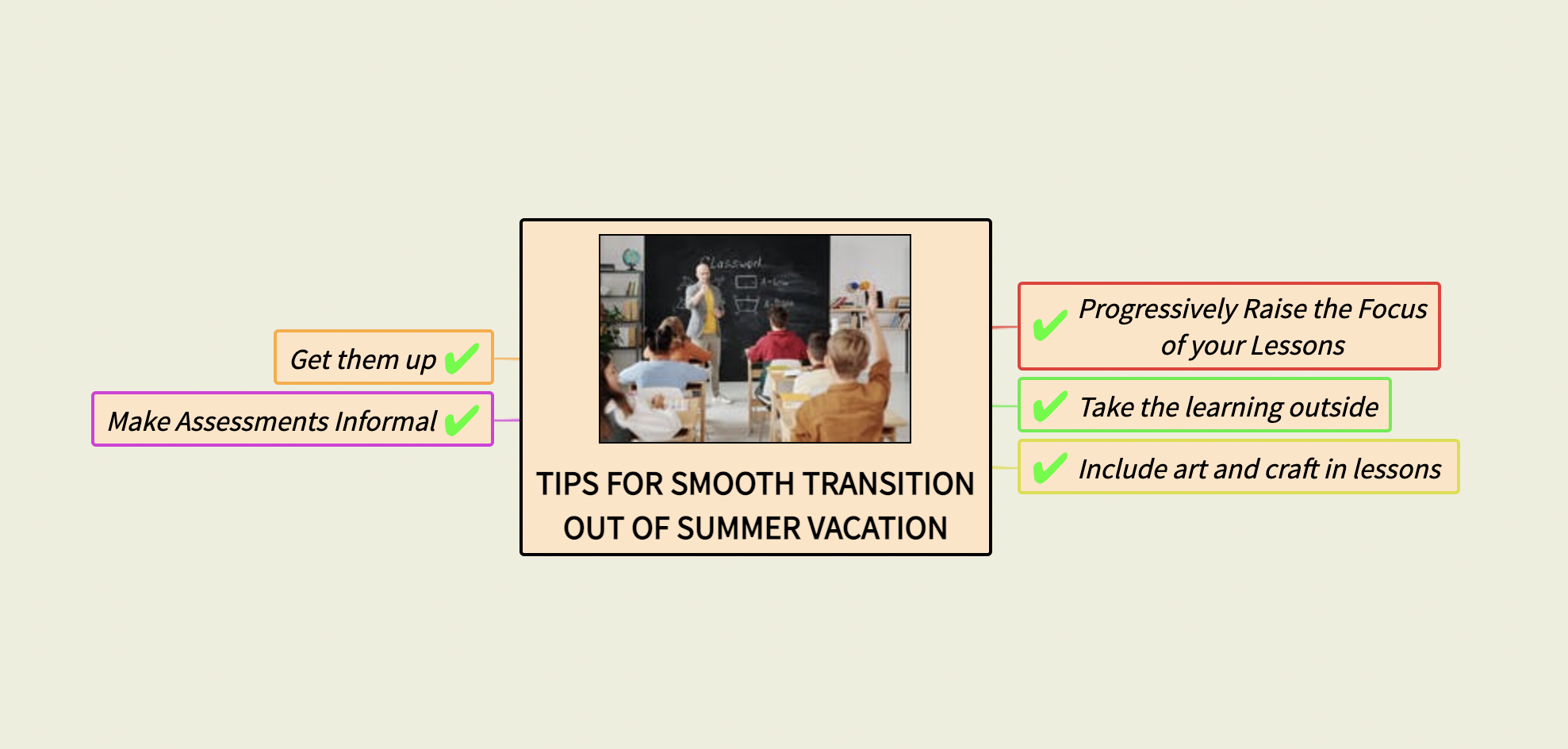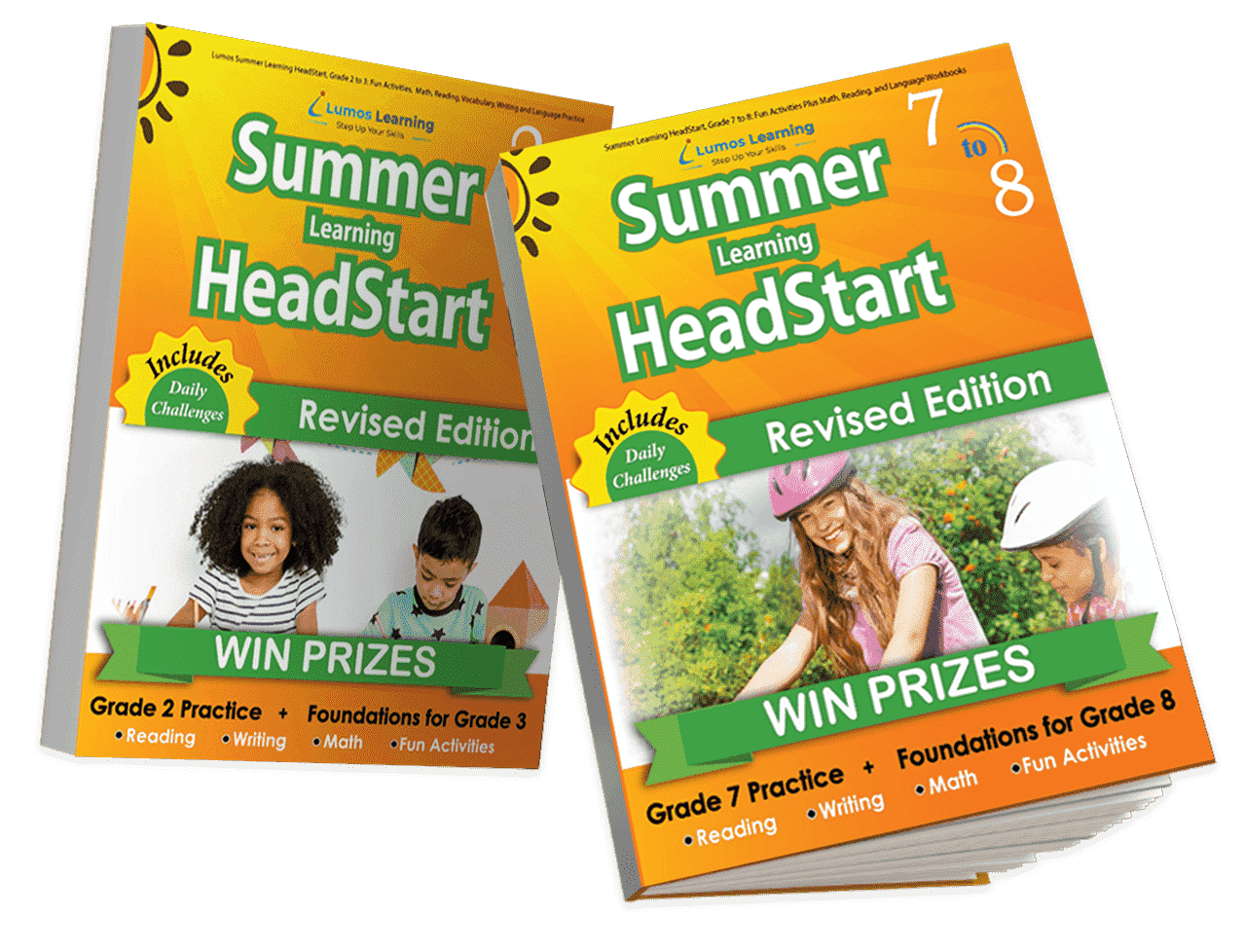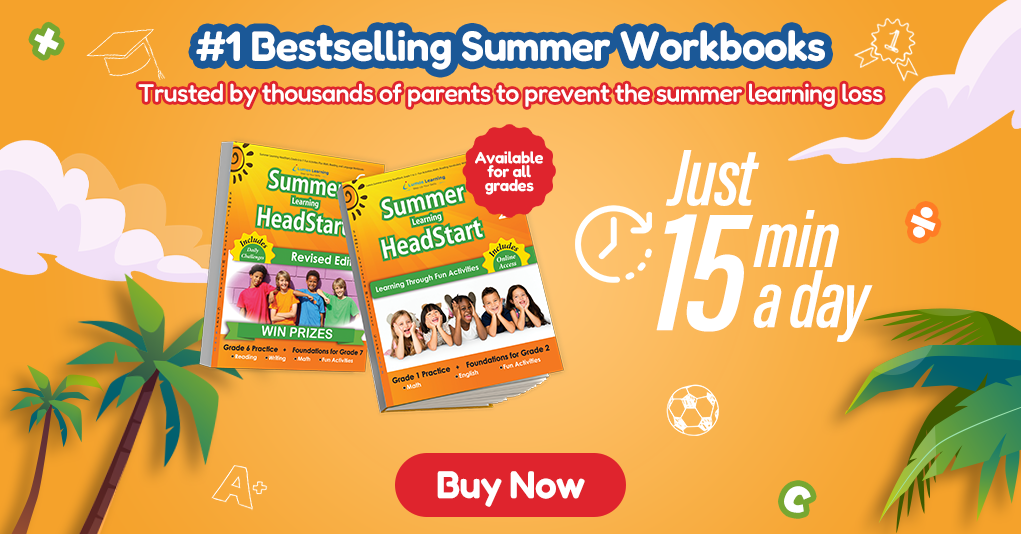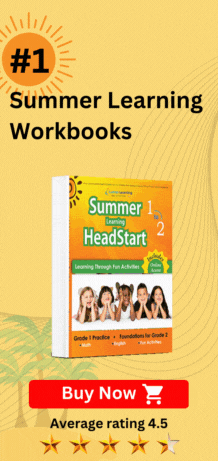The Challenge of Transitioning from Summer Mode
Students are excited about returning to school after a long and sometimes uneventful summer. However, during the initial weeks, they often struggle to focus on academic matters. Nervousness, distractions, and fear of embarrassment in front of new peers make it difficult for them to engage in classroom discussions. Interestingly, outside of the classroom, during breaks and lunch, they are chatterboxes, effortlessly socializing. As a teacher, it’s important to smoothly transition your students from the summer mindset to an active learning mode. Here are some effective suggestions:
1. Progressively Raise the Focus of Your Lessons
Start with general topics and gradually shift towards more complex concepts. Recognize that students may have experienced a learning loss during the summer, so it’s crucial to ease them back into critical thinking challenges. Avoid overwhelming them with high-level tasks right from the beginning.
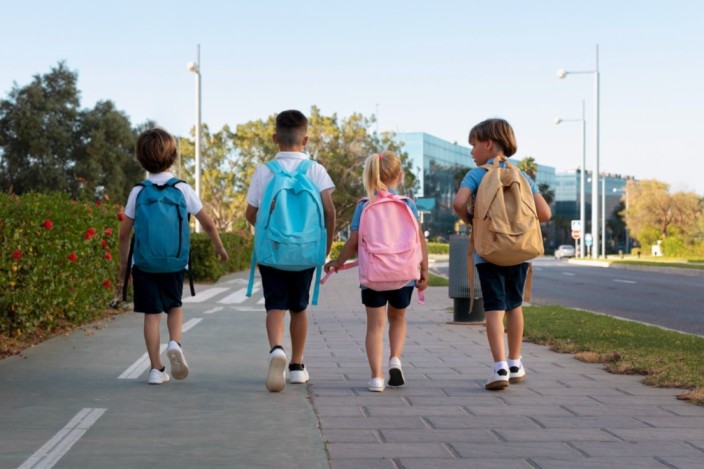
Image by Freepik
2. Incorporate Movement and Group Activitie
During the summer break, students are used to being physically active. Instead of long periods of note-taking, plan activities that involve collaboration and group work. Encourage students to stand up and create stations within the classroom to promote movement and engagement.
3. Take the Learning Outside
Being confined to a classroom immediately reminds students that their freedom has been restricted. Consider taking the learning experience outdoors whenever possible. Conduct Socratic seminars under the shade of a tree or organize nature walks to explore the flora around the school. Providing a change of environment can enhance student engagement.
4. Use Informal Assessments
Avoid formal assessments in the first weeks when students are still getting to know you and adapting to the new school year. Instead, integrate informal assessments into your daily teaching routine. These non-graded self-checks allow students to evaluate their own learning progress and reduce test anxiety.
5. Integrate Arts and Crafts
Many students participate in summer programs that involve arts and crafts activities. Tap into this familiar learning modality and incorporate hands-on creative projects into your lessons. By matching their summer experiences, you can enhance student engagement and make learning more enjoyable.
6. Embrace a Balanced Approach
Remember that the school year is not a race. Just as teachers need time to transition back to work, students also require time to adjust. Avoid rushing through the curriculum and allow for a smooth transition. By implementing the strategies mentioned above, you can create a supportive and engaging environment for both you and your students.
By following these strategies, you can help your students transition back to school smoothly and ensure a positive start to the new academic year.

